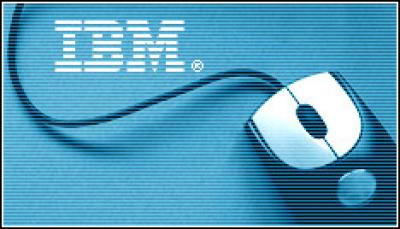

Continued from page 3
IBM also placed a bet on Linux when it put the open-source operating system on its mainframes in 1999. Bob Sutor, IBM’s vice president of open source and Linux, likes to tell the story of how Linux and open-source software gained a foothold at IBM. In 1999, he said, Gerstner was focused on enabling IBM to compete “in this amazingly heterogeneous world.”
IBM also began to contribute to the open-source community, primarily by delivering software in support of open standards.
For Java developers, IBM played Santa Claus by pulling from its VisualAge product and leveraging its acquisition of Object Technology International to deliver the Eclipse IDE (integrated development environment). IBM then open-sourced the IDE in 2001 and spun out the Eclipse Foundation in 2004. Eclipse has since fostered a massive ecosystem.
In 2010, IBM earned $22.5 billion (£13.7bn) in revenue from software. According to some industry reports and an analysis of the financial statements of leading software vendors, if the IBM Software Group were an independent entity, it would be the second largest software company in the world, behind Microsoft.
It wasn’t always that way. In fact, IBM used to give software away as part of its hardware sales.
“Software was the incremental build off the deep domain knowledge,” said Mills, who has been running IBM’s software business since 1988 and heading the IBM Software Group since its establishment in 1995. In 2010, Mills was tasked with running the overall systems business as well.
Even though IBM was producing software in the 1950s, it didn’t focus heavily on it until the late 1980s and only got serious about software in the mid-1990s. Meanwhile, the company began to adopt agile methods for developing its products.
During this timeframe, IBM had struck a partnership with Microsoft to develop a new PC operating system: OS/2. They struck the deal in 1985, but by 1990, Microsoft pulled out to focus on Windows, which left OS/2 to wither.
“IBM bet big on software in the late 1980s and early 1990s and decided to focus on a consistent set of services across platform,” said Hurwitz of Hurwitz & Associates. “The company broke down stove pipes between organisations and started to focus on a holistic IBM that focused more on a customer-benefit view rather than technology business units. This has paid off well.
“IBM also made significant investments in big software plays in the infrastructure space, rather than in the traditional packaged applications market. This gave IBM the luxury of moving into what it calls Smarter Planet, which is focused on business best practices implemented in software. I think this was a very smart move.”
Continued on page 5
MEPs add to Commission pressure for second EU Chips Act amidst industry calls for renewed…
Smartphone maker Xiaomi reportedly raises about $5.5bn in Hong Kong share sale as it invests…
BYD's Qin L EV sedan starts at about half the price of Tesla's Model 3,…
Meta says it will stop targeting personalised Facebook ads at UK woman after legal battle,…
Nine EU countries led by the Netherlands push European Commission for follow-up to 2023 EU…
Former Cruise chief executive Kyle Vogt reportedly raises $150m for The Bot Company at $2bn…